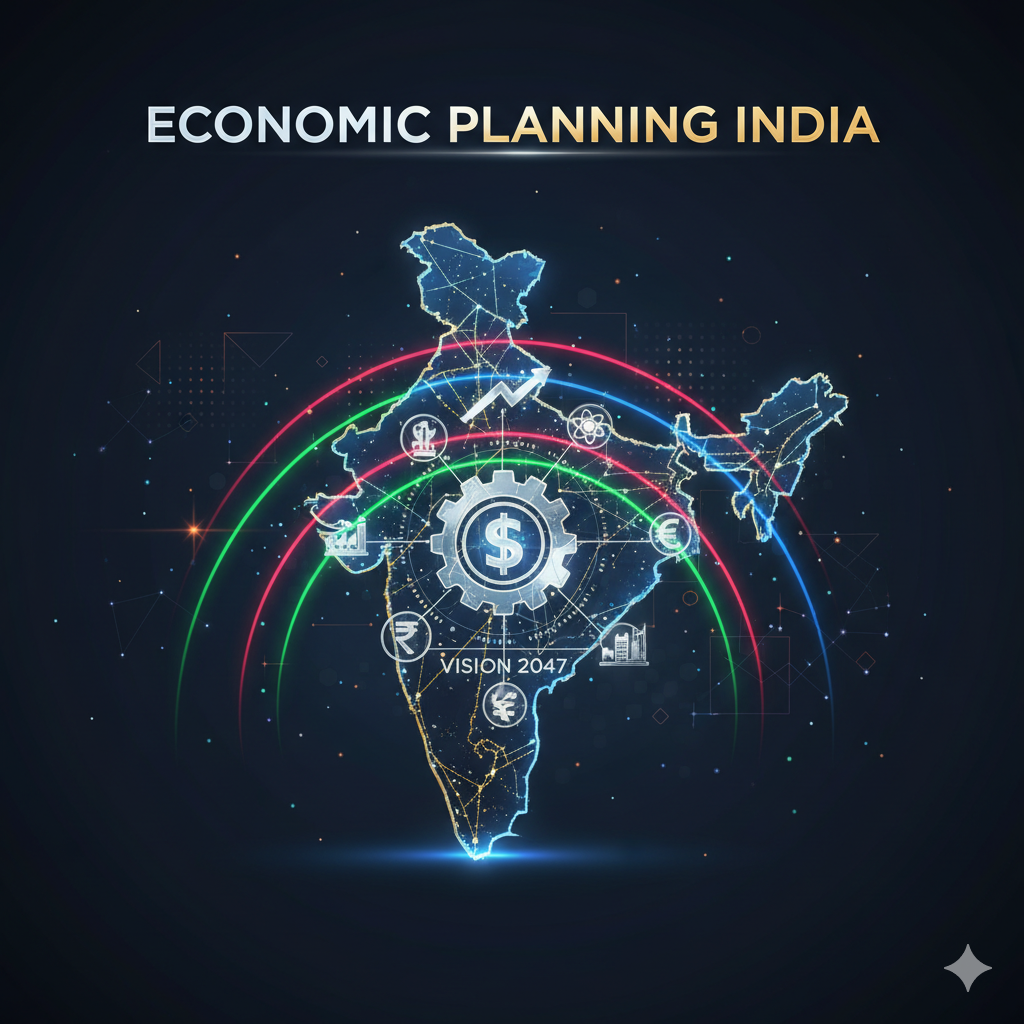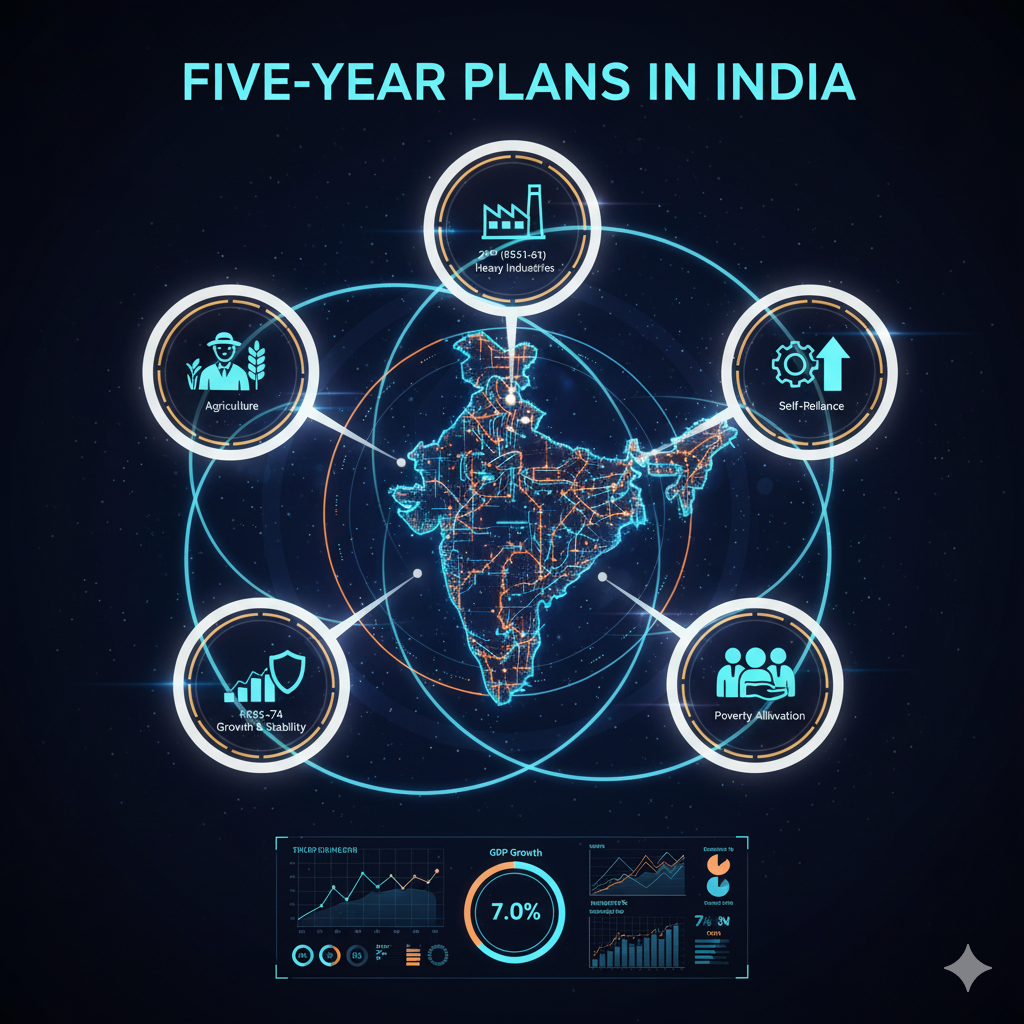Introduction
Public expenditure refers to the spending incurred by the government to meet the developmental, administrative, and welfare needs of the nation. In any economy, the government plays multiple roles – as a provider of essential services, a regulator of markets, a promoter of social justice, and a facilitator of economic growth. To fulfill these functions, the state requires resources, and the way it allocates and spends these resources constitutes public expenditure.
The study of public expenditure has become increasingly important in modern economies. In earlier times, government spending was relatively small, limited mostly to defense, law and order, and administration. However, with the rise of the welfare state and expanding developmental responsibilities, government spending has grown significantly. Today, public expenditure covers education, health, infrastructure, subsidies, poverty alleviation, defense, environmental protection, and more.
This essay will first explain the meaning and nature of public expenditure, then analyze its classifications, and finally discuss the major sources of government expenditure, highlighting their significance in the Indian and global context.
Meaning of Public Expenditure
Public expenditure refers to the expenses incurred by government authorities – central, state, or local – to meet the collective needs of citizens. Unlike private expenditure, which is guided by personal profit or utility, public expenditure aims at social welfare, economic development, and national security.
It involves spending on:
- Administrative functions (salaries of government employees, maintenance of institutions).
- Developmental activities (infrastructure, industrial promotion, rural development).
- Welfare measures (education, healthcare, poverty alleviation, pensions).
- Defense and internal security.
Thus, public expenditure is both an instrument of fiscal policy and a tool of governance, shaping the economic and social structure of a country.
Evolution of Public Expenditure
Historically, classical economists like Adam Smith believed in limited government intervention, advocating that public expenditure should be confined to defense, justice, and infrastructure. However, with the Great Depression of the 1930s and Keynesian economics, the role of government expanded. Keynes argued that higher government spending could boost aggregate demand and reduce unemployment.
In developing countries like India, public expenditure became essential for economic planning, industrialization, and social transformation. Post-independence, India’s Five-Year Plans emphasized state-led development, leading to a steady rise in government spending. In the 21st century, globalization, social justice demands, and crises such as the COVID-19 pandemic have further widened the scope of public expenditure.
Objectives of Public Expenditure
The government spends money with specific objectives, which include:
- Provision of Public Goods – Goods like defense, law and order, and national highways, which are non-excludable and non-rivalrous, must be provided by the state.
- Economic Growth – Investment in infrastructure, industry, and technology accelerates development.
- Social Welfare – Programs for education, healthcare, housing, and poverty alleviation improve living standards.
- Redistribution of Income and Wealth – Subsidies, welfare schemes, and progressive taxation help reduce inequalities.
- Stabilization of the Economy – During inflation or recession, government expenditure acts as a stabilizing tool.
- Regional Balance – Public investment in backward regions ensures balanced growth across states.
Classification of Public Expenditure
Public expenditure can be classified in several ways for better understanding:
1. Revenue and Capital Expenditure
- Revenue Expenditure – Regular, recurring expenses such as salaries, pensions, subsidies, and interest payments. These do not create assets.
- Capital Expenditure – Investments in infrastructure, defense equipment, and development projects that create long-term assets.
2. Developmental and Non-Developmental Expenditure
- Developmental Expenditure – Spending that directly promotes economic growth and welfare, such as education, health, housing, and transport.
- Non-Developmental Expenditure – Spending on defense, administration, police, and debt servicing. While necessary, these do not directly enhance production or welfare.
3. Plan and Non-Plan Expenditure (Earlier classification in India)
- Plan Expenditure – Spending on Five-Year Plans, including developmental programs.
- Non-Plan Expenditure – Routine expenses on administration, defense, and interest payments.
(Note: This distinction has been discontinued in India since 2017-18, replaced by capital and revenue expenditure classification.)
4. Productive and Unproductive Expenditure
- Productive Expenditure – Creates assets and stimulates production, e.g., irrigation projects, power plants.
- Unproductive Expenditure – Does not create assets, e.g., war-related expenses.
Growth of Public Expenditure in India
Public expenditure in India has grown rapidly due to several reasons:
- Expansion of welfare programs like MGNREGA, PM-KISAN, and Ayushman Bharat.
- Rising defense and internal security needs.
- Infrastructure development such as highways, ports, and digital infrastructure.
- Increasing subsidies on food, fertilizers, and petroleum.
- Interest payments on rising public debt.
- Emergency spending during crises like COVID-19.
This rising expenditure reflects both the developmental needs of a growing economy and the fiscal pressures of governance.
Sources of Government Expenditure
When we talk about the “sources of government expenditure,” we essentially mean where the government allocates its funds. Unlike revenue (which comes from taxes and borrowings), expenditure is the outflow side of the budget. The sources can be divided into broad categories:
1. Administrative Expenditure
This includes spending on the general functioning of the government:
- Salaries and pensions of civil servants, judges, and armed forces.
- Maintenance of government offices, buildings, and law enforcement agencies.
- Conduct of elections and legislative processes.
2. Defense and Security Expenditure
A major share of public expenditure in India is allocated to defense, border security, and internal policing. Spending includes purchase of weapons, military modernization, salaries of armed personnel, and paramilitary forces. Given India’s geopolitical environment, this is an unavoidable and critical expenditure source.
3. Social and Welfare Expenditure
This category covers the government’s responsibility towards human development and social justice:
- Education – Establishing schools, universities, scholarships, mid-day meal schemes.
- Health – Hospitals, vaccination programs, national health insurance schemes.
- Social Security – Pensions, welfare for senior citizens, differently-abled, and marginalized groups.
- Poverty Alleviation Programs – MGNREGA, housing schemes, and food subsidies.
4. Economic Development Expenditure
Public expenditure is directed towards promoting agriculture, industry, and infrastructure:
- Irrigation and rural electrification.
- Industrial subsidies, credit support for MSMEs.
- Construction of roads, railways, ports, and airports.
- Support for renewable energy, digital infrastructure, and urban development.
5. Subsidies and Transfers
India spends a large portion of its budget on subsidies:
- Food subsidies through the Public Distribution System (PDS).
- Fertilizer subsidies to support farmers.
- Petroleum subsidies (though being gradually reduced).
- Direct Benefit Transfers (DBT) to ensure welfare payments reach beneficiaries.
6. Debt Servicing (Interest Payments)
One of the largest heads of government expenditure is interest payments on internal and external borrowings. Rising public debt has increased this burden, consuming a significant share of revenue receipts.
7. Grants to States and Union Territories
As a federal country, India’s central government transfers funds to states through grants, finance commission awards, and centrally sponsored schemes. These transfers help states carry out welfare and development programs.
8. Environmental and Sustainable Development Expenditure
In recent years, spending has also been directed towards:
- Renewable energy projects.
- Conservation of forests and wildlife.
- Pollution control and climate change mitigation.
Importance of Public Expenditure
The significance of public expenditure lies in its role as a driver of growth and welfare:
- It promotes economic stability by influencing demand during booms and recessions.
- It helps in reducing inequality through targeted welfare schemes.
- It supports infrastructure creation, which stimulates private investment.
- It builds human capital through education and health investments.
- It ensures national security and sovereignty.
Challenges of Public Expenditure
While necessary, public expenditure also faces challenges:
- Rising Fiscal Deficit – Excessive spending leads to borrowing and debt accumulation.
- Inefficiency and Leakages – Subsidies and welfare schemes sometimes fail to reach intended beneficiaries.
- Corruption and Mismanagement – Public funds are vulnerable to misuse.
- Overdependence on Borrowings – High interest payments reduce space for productive spending.
Measures for Effective Public Expenditure
To improve efficiency, governments must:
- Prioritize spending on productive sectors like education, health, and infrastructure.
- Adopt digital governance to reduce leakages (e.g., DBT system in India).
- Rationalize subsidies to ensure they are targeted and efficient.
- Maintain fiscal discipline through frameworks like the FRBM Act.
- Encourage public-private partnerships (PPPs) for infrastructure development.
Conclusion
Public expenditure is the lifeblood of governance, development, and social justice. It reflects the priorities of the state and the vision for national growth. In India, the sources of government expenditure range from defense and administration to social welfare, subsidies, infrastructure, and debt servicing. While the scope of public expenditure has expanded with the rise of the welfare state, so have the challenges of fiscal discipline, efficiency, and sustainability.
Therefore, effective public expenditure management requires a fine balance between developmental needs and fiscal prudence. If designed and implemented carefully, it can become a powerful tool to promote inclusive growth, reduce inequality, and strengthen the nation’s socio-economic foundations.




